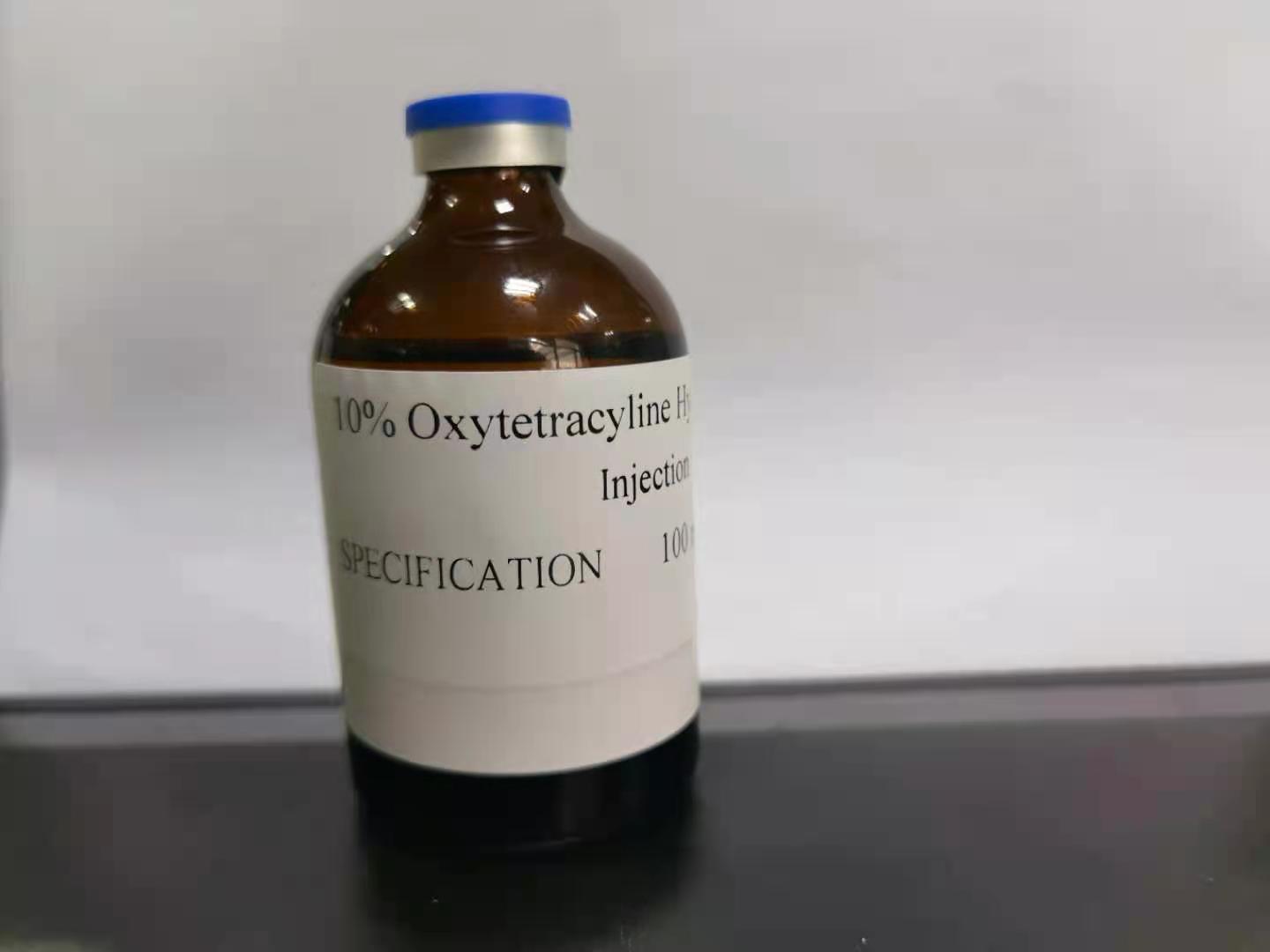Precautions When Using Enrofloxacin Injection
December 08,2022
Enrofloxacin injection is a commonly used drug in pig farms. It is often used when streptococcus, mycoplasma, yellow and white scour (such as cough, panting, diarrhea, joint swelling) and metritis occurs in pig farms. However, problems caused by improper use in pig production also occur from time to time. Today, we will introduce its taboos to you.

What is enrofloxacin?
Enrofloxacin belongs to the quinolone class of drugs, which is the same as norfloxacin (norfloxacin), a drug for treating diarrhea in humans.
Enrofloxacin is effective on the digestive tract, respiratory tract, and genitourinary tract, and is a fluoroquinolone drug for animals. It has the characteristics of broad antibacterial spectrum, strong bactericidal activity and wide distribution in the body. Therefore, good results have been achieved in the prevention and treatment of animal bacterial diseases and mycoplasma infections.
Because of its broad-spectrum antibacterial properties and unique bactericidal and antibacterial mechanism, enrofloxacin injection plays an important role in the prevention and control of swine epidemics.
This product is a broad-spectrum fungicide, which has a good effect on mycoplasma. It has bactericidal effect on Escherichia coli, Pseudomonas aeruginosa, Haemophilus, Pasteurella multocida, Pasteurella hemolyticus, Staphylococcus aureus, Streptococcus, etc.
Precautions for Enrofloxacin Injection
- Enrofloxacin can inhibit the metabolism of theophylline and caffeine, increasing its blood concentration and causing toxic reactions.
- Combined use with anticholinergics (atropine, 654-2) and H2 receptor antagonists (cimetidine, famotidine) reduces the bioavailability of enrofloxacin.
- Enrofloxacin has the effect of inhibiting liver drug enzymes, and combined with drugs metabolized in the liver, such as erythromycin and lincomycin, can reduce its clearance rate and increase its blood drug concentration.
- Antacids can reduce the absorption of enrofloxacin in the gastrointestinal tract, so they should not be used together.
- When mixed with strong acidic liquid or strong alkaline liquid, precipitation will occur.
- Enrofloxacin and metoclopramide undergo chemical changes and become turbid easily, so they should not be mixed and injected.